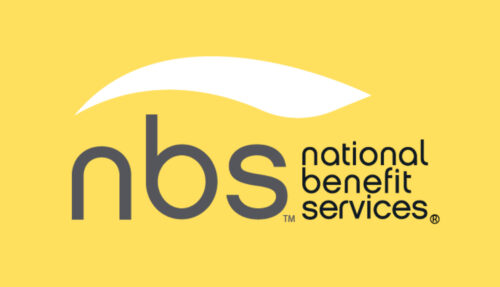How long do I have to use my funds?How do I pay for my health expenses before taxes?Does Woodbury contribute to these accounts?What is the maximum contribution for these accounts?
Plan Options: Flexible Spending Account (FSA) and Health Savings Account (HSA)
Health care accounts can be used to help offset your out-of-pocket health care expenses, including co-pays, prescriptions, glasses, and lab work. Depending on the type of health care account paired with your medical plan, you and Woodbury Corporation may be able to contribute to the account.
Flexible Spending Account Administrator
National Benefit Services
1 (801) 532-4000 | nbsbenefits.com | Group ID: NBS275015
Health Savings Account Administrator
HealthEquity
1 (866) 346-5800 | healthequity.com | Employer ID: 14694
Health Care Accounts |
A Flexible Spending Account (FSA) allows you to make pre-tax deductions from payroll and then use those pre-tax funds to pay for eligible expenses. The FSA plan administrator, NBS Benefits, will help you manage your accounts and claims processing.
The FSA Plan allows you to set aside pre-tax dollars to pay for qualifying out of pocket Medical, Dental, Vision and Prescription Drug expenses. This includes deductibles, coinsurance payments and copays for yourself or for your dependents to a maximum of $3,300 per calendar year. Expenses for dependents that are not covered through the Woodbury Corporation benefit plan may also qualify for reimbursement. Over the counter medications are no longer eligible unless you have a written prescription from your physician.
This account can only be paired with a Traditional PPO Plan. Woodbury Corporation offers the following Traditional PPO Plans:
Select MED Plus $2,000/$4,000 Traditional Plan
You are not required to be enrolled in a medical plan in order to be eligible for this account.
The FSA Store - Save up to 40% by using your pre-tax FSA funds, and get Free Shipping on all orders over $50. Thousands of FSA-eligible products on sale now!
The Amazon FSA Store - Shop thousands of FSA-eligible items on Amazon before your Flexible Spending Account dollars expire. Choose from vision care to oral care & more
Any funds left in the account are forfeited, per IRS regulations. Once your employment ends, you won't be able to spend your FSA funds, but you do have 90 days to submit claims for FSA-Eligible expenses that you incurred while employed and during the current plan year.
Health Savings Accounts (HSAs) combine a High Deductible Health Plan (HDHP) with a tax-exempt trust or custodial account to pay for qualified medical expenses. The HSA is an individual health account that is owned by the employee and may be used for the payment of medical expenses that are not covered by their HDHP, including expenses that go towards satisfying the deductible. Individuals or employers may contribute on a pre-tax or post-tax basis. Pre-tax funds used for eligible healthcare expenses are tax-free to the account holder.
An HSA is similar to an Individual Retirement Account (IRA) in that the participant owns it and directs the investments. Balances in the HSA continue to accumulate in the account. Funding options including pre-tax contributions via payroll deduction or post-tax contributions via check or electronic funds transfer.
- Any money left at the end of the year remains in your account and rolls over to the following calendar year.
- For employees age 55 and older, an additional $1,000 “catch-up” contribution is allowed.
- If you are receiving social security or Medicare, you are not eligible for an HSA.
Woodbury Corporation offers the following HSA-Qualified Health Plans:
Select MED Plus HSA-Qualified $1,650 / $3,300
Select MED Plus HSA-Qualified $2,000 / $4,000
$8,550 Family coverage
Single coverage: $5.00 per pay period
Two-Party coverage: $10.00 per pay period
Family coverage: $15.00 per pay period
Company puts in:
Single coverage: $9.65 per pay period
Two-Party coverage: $19.25 per pay period
Family coverage: $28.85 per pay period
You can take HSA funds with you when you leave the company or retire.
This information is designed to help you choose a benefit plan for 2025 only. Please refer to the Plan Documents provided by the carrier for information regarding coverage, limitations and exclusions. If there is a difference between this guide and the Plan Documents, the Plan Documents prevail.
Learn About Health Care Accounts |




